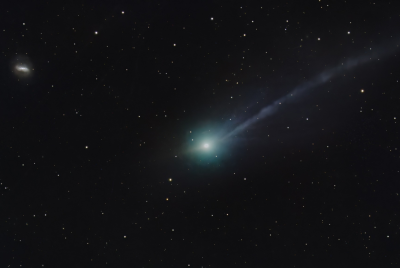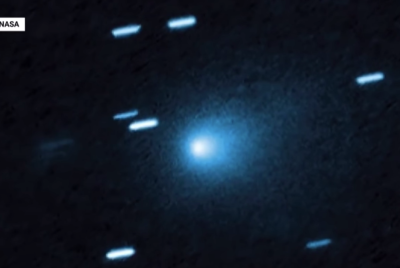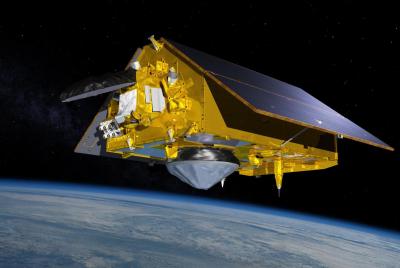Scientist on the Discovery of the Smallest Exoplanets (EXCLUSIVE)

Astronomers from NASA recently discovered three small exoplanets orbiting a Sun-like star. The exoplanets, named KOI 961.01, KOI 961.02 and KOI 961.03, are orbiting a single star called KOI-961. It takes less than two days for them to orbit their star.
In an exclusive interview to theInternational Business Times, Philip Muirhead, a postdoctoral scholar at the California Institute of Technology in Pasadena, who led the team which discovered the exoplanets, explains the significance of the discovery.
Here are some excerpts:
How are the recently discovered exoplanets different from other exoplanets?
The three exoplanets orbiting the star KOI 961 are unique in several ways. Firstly, they are the smallest exoplanets discovered that orbit hydrogren-burning stars. Secondly, they orbit a star that is very small, about one-sixth the mass of the Sun. Very few exoplanets have been discovered around such small stars. And thirdly, they orbit very close to the star: the orbital configuration is more similar to Jupiter and its Galilean satellites rather than the Sun and its planets.
How far is it from the Earth?
The KOI 961 system is about 38 parsecs away, or 124 light years. This may sound large, but compared to other Kepler discoveries, KOI 961 is actually pretty close.
What is the exact size of the planets?
KOI 961.01 is 78% the size of the Earth, KOI 961.02 is 73% the size of Earth and KOI 961.03 is 57% the size of Earth (about the size of Mars).
Is there any possibility of life on these planets?
Not life as we know it. The system is very different from the Earth: the planets are much closer and hotter (all have average temperatures greater than 450 K, or 350 F), and could not support liquid water on their surfaces. However, there is the possibility that the planets are "tidally locked" to their host star. In this scenario, one side of the planet always faces the star (always daytime), and the other always faces space (always nighttime). In this case the dark side of the planets would be cooler. How cooler? We don't know yet. Future studies of potential climates on these planets will shed more light on potential climates in these scenarios.
Do you have any clue to the temperature of these planets?
The exact temperature is hard to say. If we assume a simple model wherein the planet absorbs so much light from the host star, and emits so much light away, we calculate the temperatures to be 519, 720 and 450 K (for KOI 961.01, 961.02 and 961.03 respectively). However, greenhouse effects are not included in this model, and it does not assume the tidally-locked scenario.
© Copyright IBTimes 2025. All rights reserved.





















